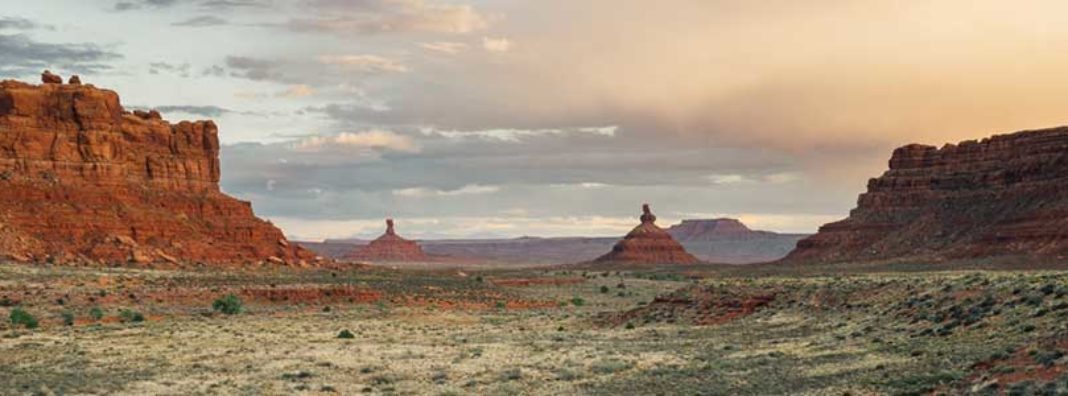
Members of Congress recently reopened the debate on the Antiquities Act of 1906 and the power it gives presidents over national monuments.
Sen. Mike Lee (R-Utah) introduced the “Protect Utah’s Rural Economy (PURE) Act,” which is meant to prohibit future presidents from designating national monuments in Utah. Rep. Michelle Lujan Grisham (D-N.M.) introduced a bill that would further enhance protections for presidentially-designated national monuments and disallow presidents from shrinking national monuments. While both these bills have opposite goals, they suggest that both sides of the debate agree the Antiquities Act needs to be reexamined.
Policymakers should consider changes to the Antiquities Act that would constrain the president’s broad discretion, and provide a pathway for greater consultation with state and local stakeholders — especially those who will be affected most by monument designations.
Currently, the Antiquities Act gives the president authority to designate national monuments under three conditions: monuments must be on federal lands; monuments must contain objects of historic or scientific interest; and, monuments’ boundaries must include the smallest area possible for protecting the objects of interest. The law, however, does not specifically define the terms within these three conditions, allowing for loose, and sometimes startling, interpretations.
Presidents can act much more quickly than Congress, so at the time the Antiquities Act was enacted in 1906, many in Congress thought it was reasonable to give the president the power to preserve sites in imminent danger of destruction. As the word “antiquities” implies, the Antiquities Act was originally meant to protect ancient Native American ruins and artifacts. Over time, the definition of “antiquities” broadened to include areas of unique geology, paleontology, and scenery.
The Antiquities Act has allowed for successful conservation of some of America’s most iconic landscapes, many of which Congress later re-designated as national parks. These locations include the Grand Canyon, Death Valley, Zion, and many others.
But in the 112 years since the law was passed, people on both sides of the aisle have criticized the exercise of presidential authority under the Antiquities Act. Republicans have long condemned presidents for creating multi-million-acre monuments in the face of local opposition. More recently, Democrats have argued that President Trump abused his executive power by significantly shrinking Bears Ears and Grand Staircase-Escalante National Monuments in Utah. Both arguments raise valid concerns about the broad authority and discretion afforded to the president by the Antiquities Act.
Since it was passed in 1906, the Antiquities Act has been amended only twice. These amendments require congressional approval for the president to create national monuments in Wyoming and Alaska. Lee’s new bill would require congressional approval for any new national monument designations in Utah.
State-specific amendments to the Antiquities Act, however popular they may be with state constituencies, do not address the underlying issues in how we make policy decisions about public lands. There are undeniable trade-offs between environmental conservation and economic development on federal lands. One way to choose between competing land uses is through the democratic process by allowing elected representatives in Congress to make compromises between the many competing uses of our public lands. An even better way would be to require consultation with state and local policymakers before a national monument is designated. This approach would ensure that the people most affected by a possible designation have a say in the process. It would also help take advantage of local knowledge about the particular tradeoffs a monument designation would require.
In its current form, the Antiquities Act takes a much different approach. Under the Antiquities Act, the president can choose to create, expand, or shrink national monuments with the stroke of a pen. This level of executive power is worrisome even in the hands of a policymaker with the best of intentions.
Prudent changes to the Antiquities Act would allow the president some discretion to preserve areas that may be in imminent danger of destruction, but that power should not be ill-defined or unlimited. Congress should outline exactly when, where, and how a president may use the authority under the Antiquities Act. Thoughtful changes that limit executive discretion and engage local policymakers in the decision-making process are likely to reduce the conflict-driven status quo in favor of cooperative and effective conservation outcomes.



 The Hill
The Hill